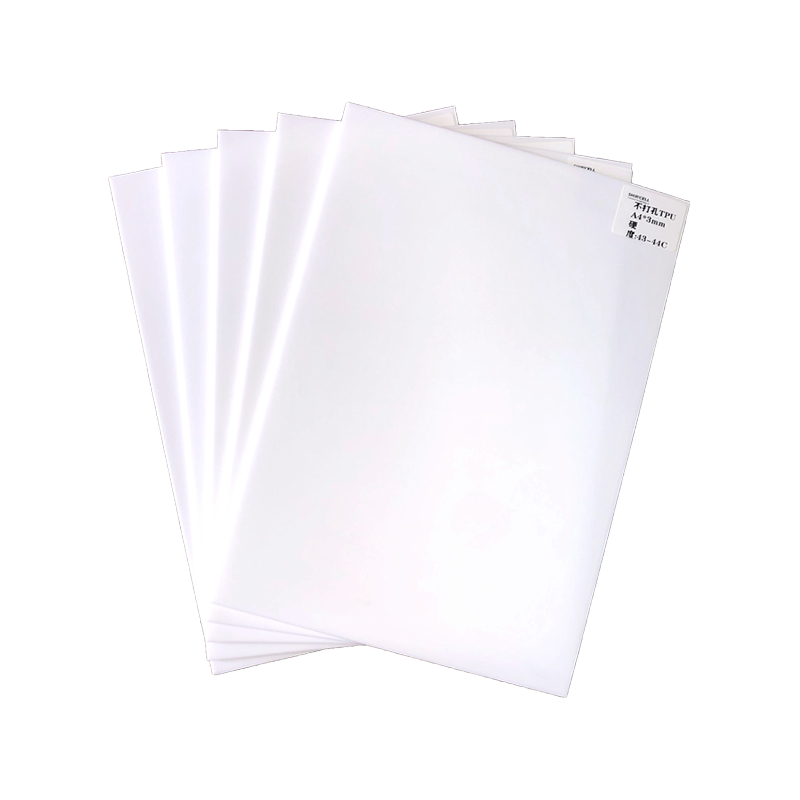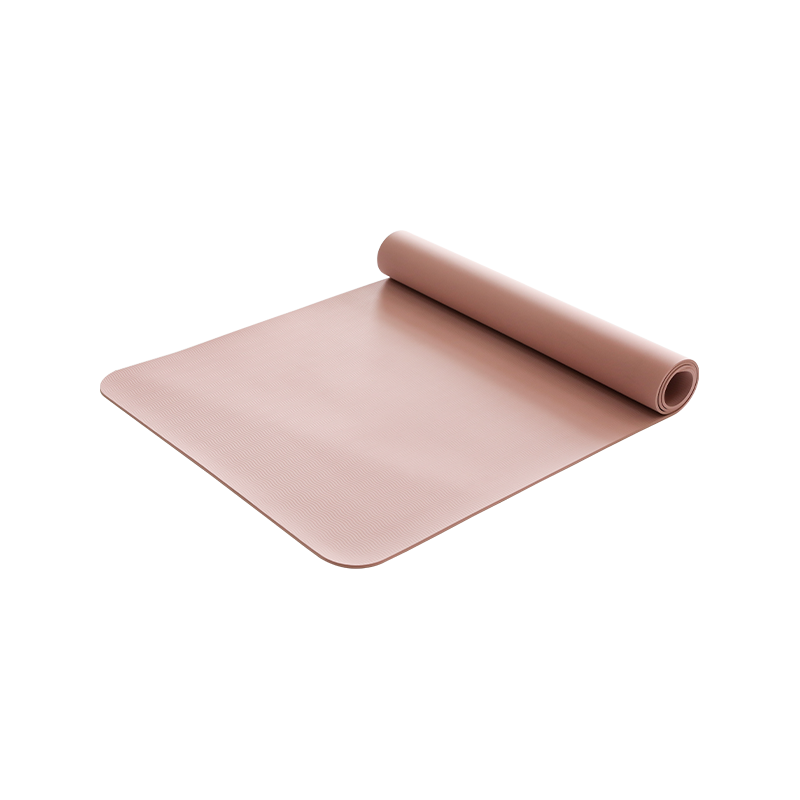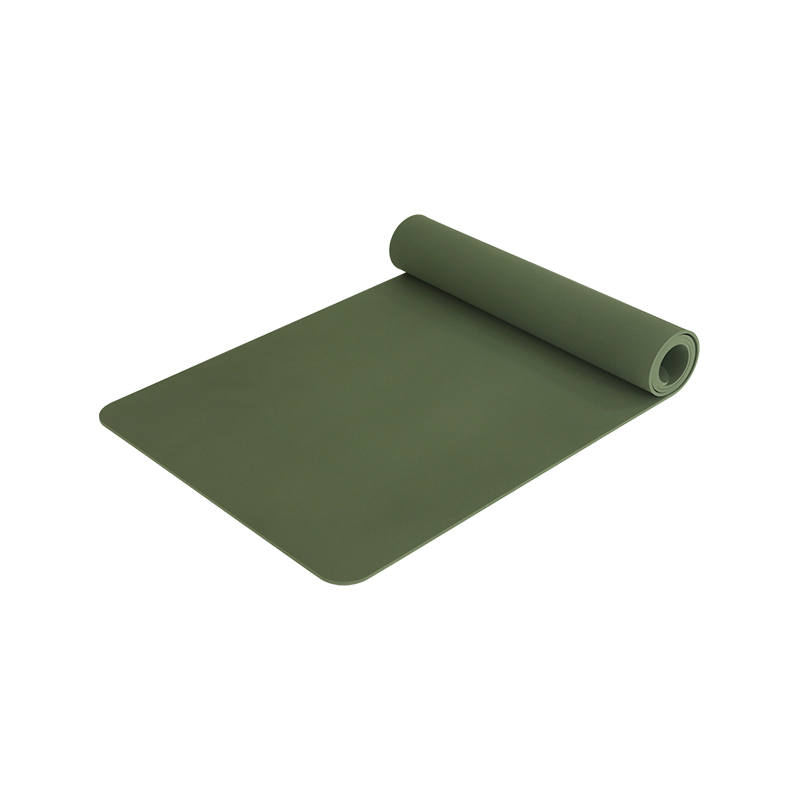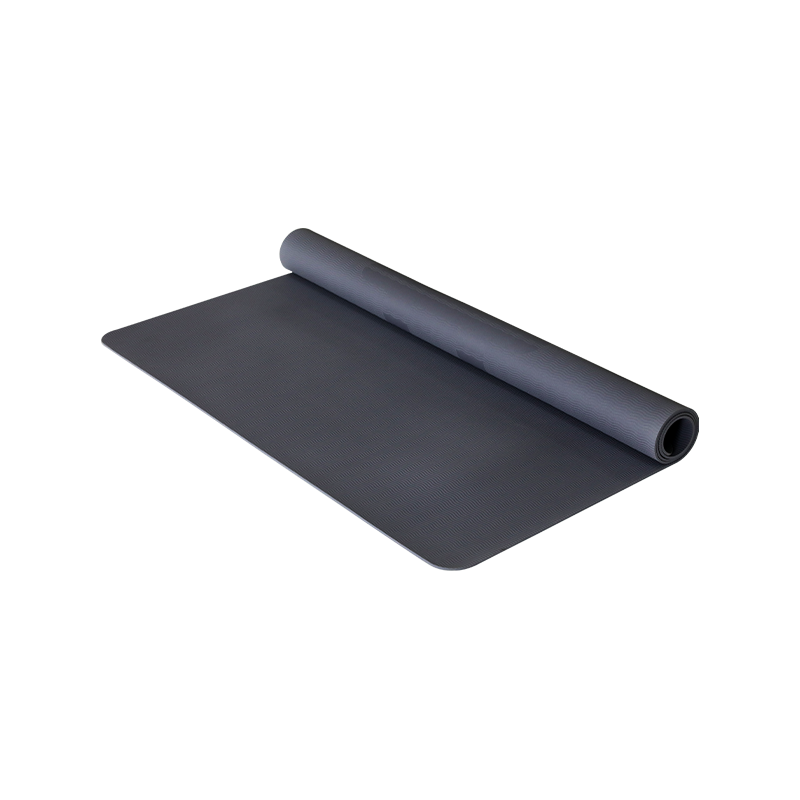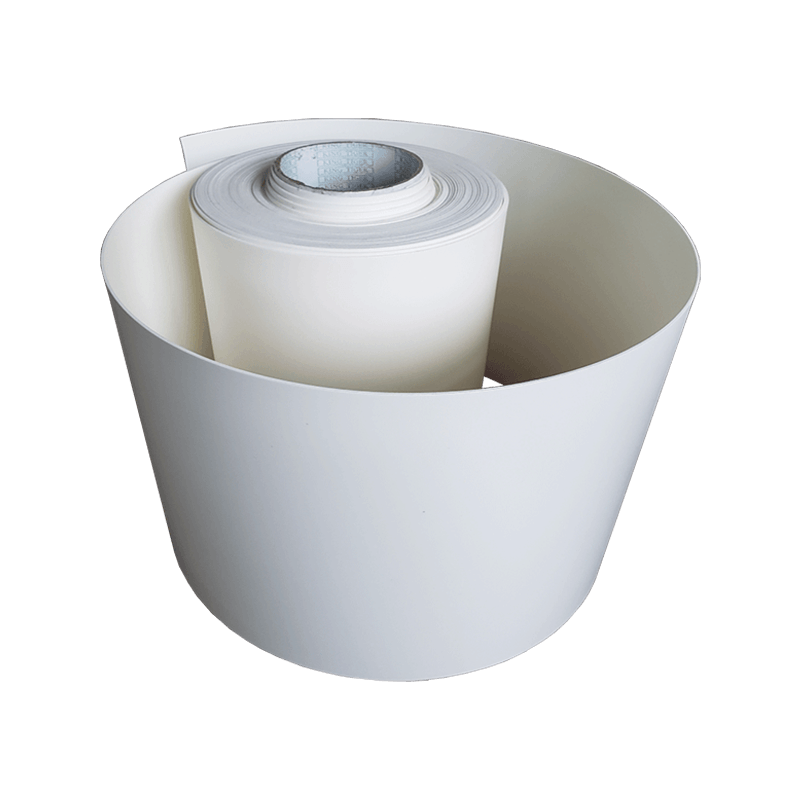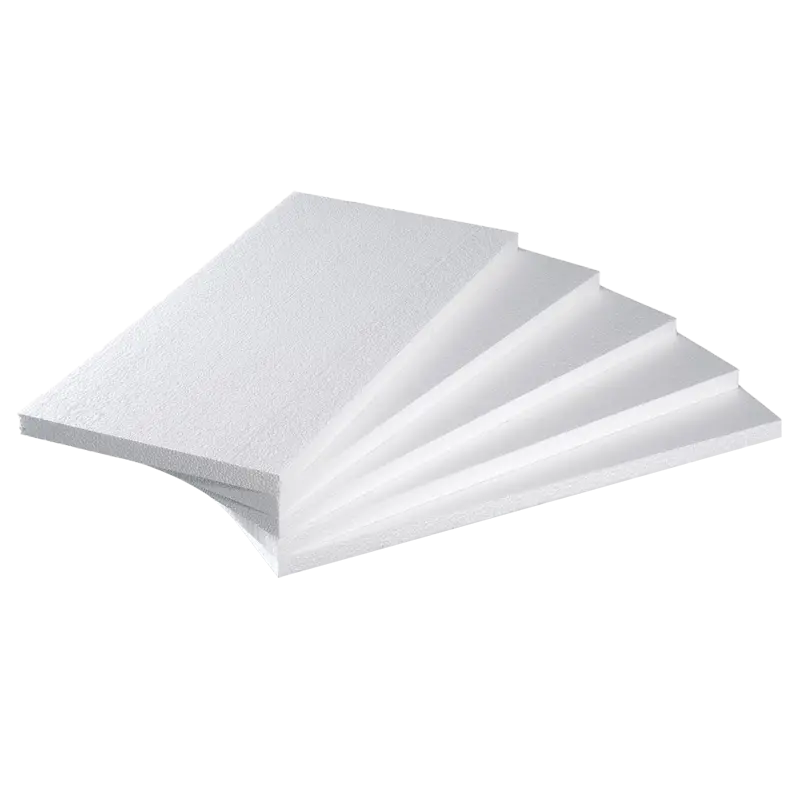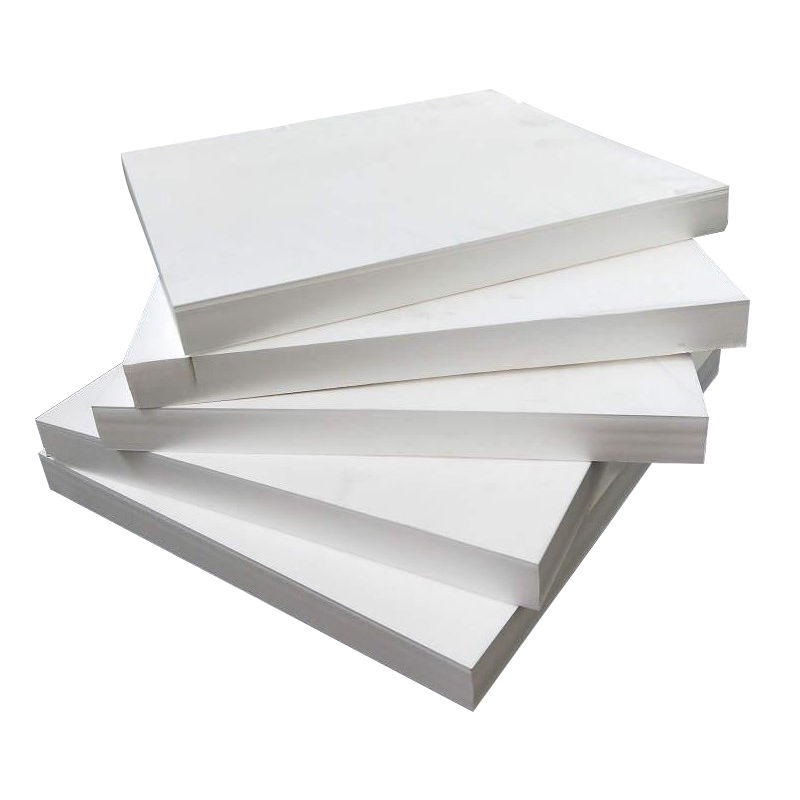Home / News / What Makes Microcellular Aliphatic TPU Foam a High-Performance Material?
In the world of advanced polymer materials, microcellular aliphatic TPU foam has emerged as a leading choice for industries that demand lightweight, durable, and high-performance solutions. Unlike conventional foams, this material combines the intrinsic benefits of thermoplastic polyurethane (TPU) with a finely tuned microcellular structure, resulting in superior mechanical properties, chemical resistance, and long-term stability. But what exactly sets it apart from other polymer foams, and why is it increasingly favored in fields such as footwear, automotive, and medical devices?
The Unique Composition and Structure of Microcellular Aliphatic TPU Foam
At its core, microcellular aliphatic TPU foam is a specialized form of thermoplastic polyurethane that undergoes a controlled foaming process to create a dense network of microscopic cells. The term “aliphatic” refers to the molecular structure of the TPU, which lacks aromatic rings, making it more resistant to UV degradation and discoloration compared to aromatic TPU. This characteristic is particularly valuable in applications exposed to sunlight or outdoor conditions.
The microcellular structure is achieved through physical or chemical blowing agents that generate uniform, closed-cell bubbles within the material. These tiny cells, often measuring in the micrometer range, contribute to the foam’s low density while maintaining high tensile strength, elasticity, and energy absorption. Unlike traditional foams with larger, irregular cells, the microcellular architecture ensures consistent performance under compression, reducing the risk of permanent deformation over time.
Key Performance Advantages Over Conventional Foams
One of the primary reasons microcellular aliphatic TPU foam stands out is its exceptional balance between weight and durability. Many polymer foams sacrifice strength when optimized for lightness, but this material manages to retain high load-bearing capacity even at reduced densities. This makes it ideal for applications where weight savings are critical—such as in athletic footwear midsoles or automotive interior components—without compromising structural integrity.
Another notable advantage is its resistance to oils, solvents, and hydrolysis. While many elastomeric foams degrade when exposed to chemicals or moisture, aliphatic TPU maintains its properties even in harsh environments. This stability extends its lifespan in industrial settings, marine applications, and medical devices that require sterilization.
Additionally, the material exhibits excellent thermal stability, with a broader operating temperature range than many competing foams. It remains flexible at low temperatures while resisting deformation under heat, making it suitable for both freezing outdoor conditions and high-temperature manufacturing processes.
Diverse Applications Across Industries
The versatility of microcellular aliphatic TPU foam has led to its adoption in multiple sectors. In the footwear industry, it is widely used in midsoles, insoles, and cushioning components due to its energy return and long-term resilience. Unlike ethylene-vinyl acetate (EVA) foam, which can compact over time, TPU foam retains its cushioning properties, enhancing comfort and performance in running shoes, sandals, and work boots.
The automotive sector benefits from its vibration-damping and noise-reduction qualities. Seat cushions, headrests, and interior padding made from this foam improve ride comfort while meeting stringent flammability and emissions standards. Its UV resistance also makes it suitable for exterior components that require long-term color stability.
In medical and orthopedic applications, microcellular aliphatic TPU foam is valued for its biocompatibility and customizable firmness. It is used in prosthetic liners, orthopedic braces, and pressure-relief padding, where consistent performance and skin-friendliness are essential.
Sustainability and Future Developments
As industries shift toward more sustainable materials, microcellular aliphatic TPU foam presents an environmentally favorable option. Many formulations are recyclable, and some grades incorporate bio-based raw materials without sacrificing performance. Additionally, its durability reduces waste by extending product lifespans—a key consideration in circular economy models.
Future advancements may focus on further refining cell structure uniformity, enhancing biodegradability, and optimizing production efficiency. Researchers are also exploring hybrid composites that combine TPU foam with other high-performance materials to unlock new functionalities.
Microcellular aliphatic TPU foam represents a significant leap forward in polymer technology, offering a rare combination of lightness, strength, and environmental resistance. Its microcellular structure ensures consistent performance, while its aliphatic composition provides superior UV and chemical stability. As manufacturing techniques evolve and demand grows for high-performance, sustainable materials, this foam is poised to play an even greater role across multiple industries. Whether in footwear, automotive design, or medical devices, its unique properties make it a material of choice for engineers and designers seeking reliability without compromise.


 English
English
 Español
Español

 ++86-0512-66079229
++86-0512-66079229
